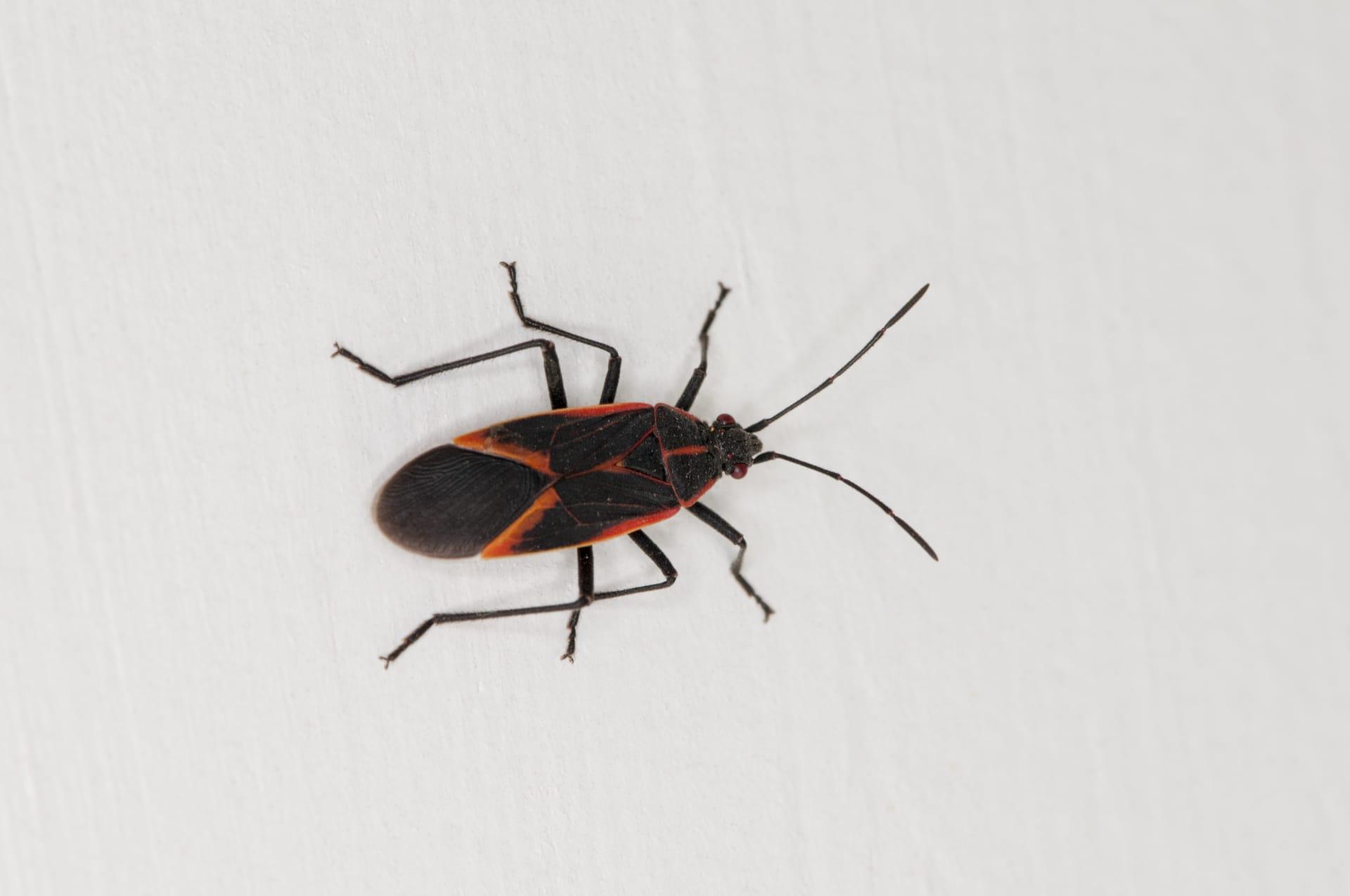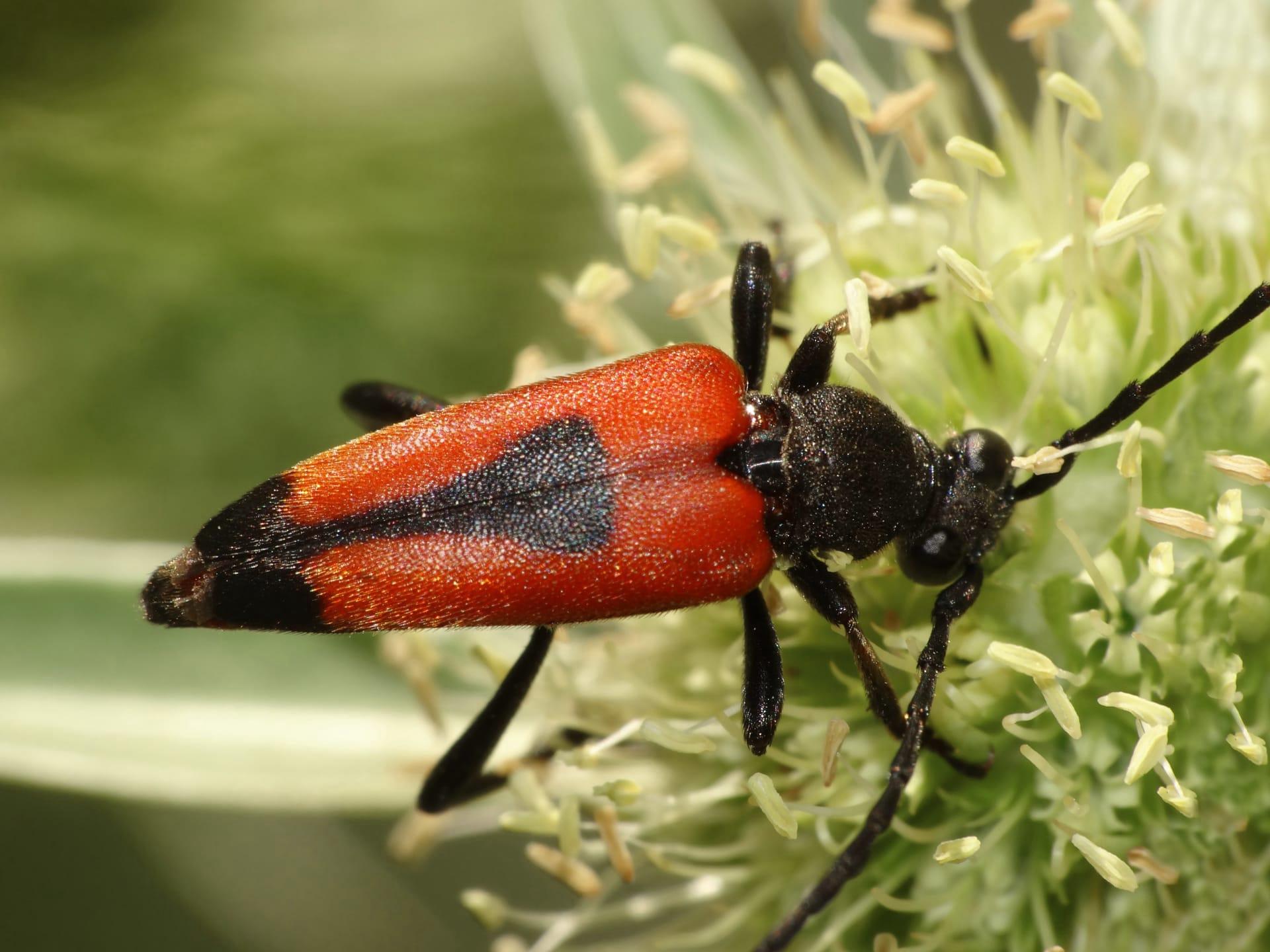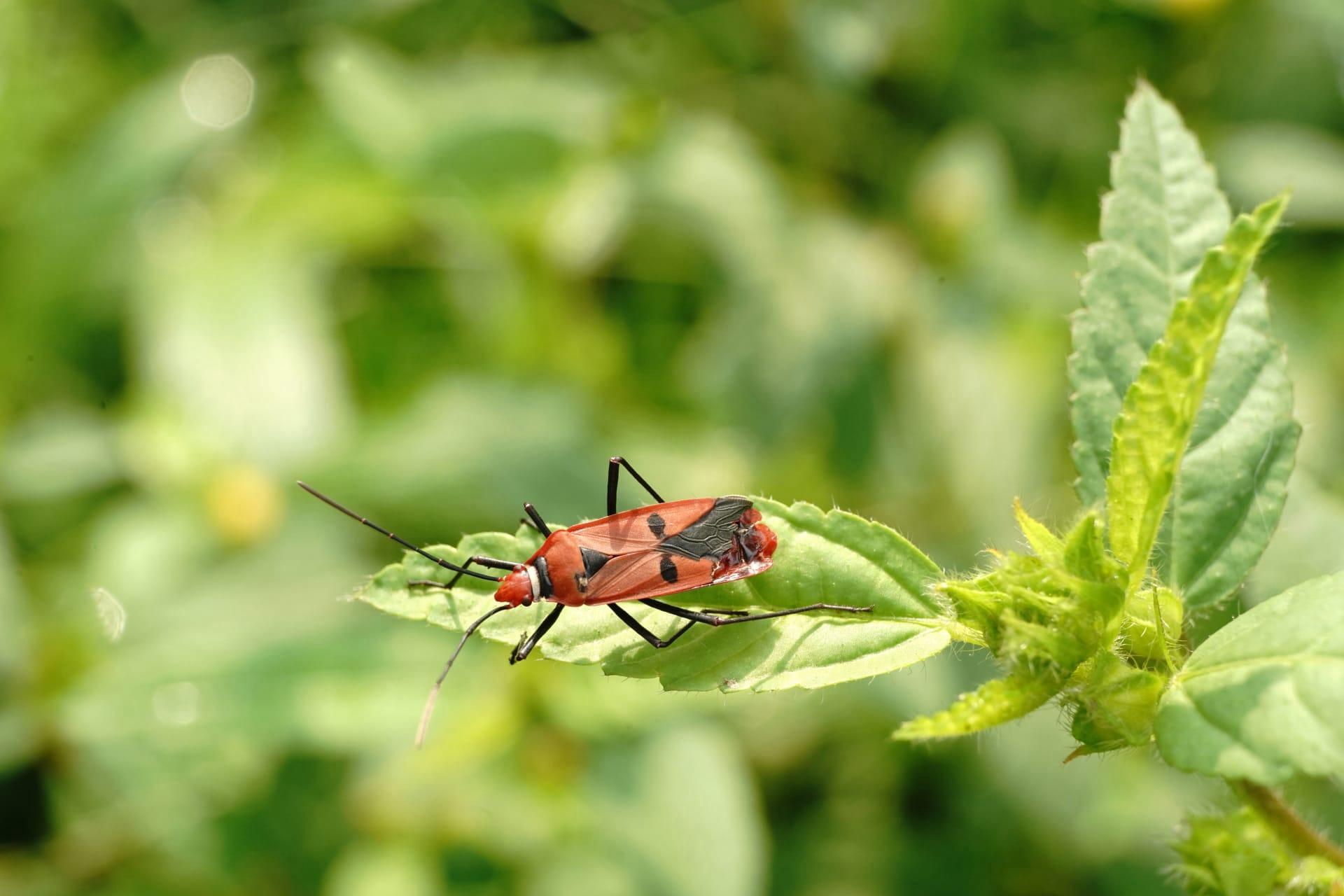Boxelder Bug
- Home /
- Mini Encyclopedia /
- Animal /
- Boxelder Bug
1
The Boxelder Bug, scientifically named Boisea trivittata, belongs to the family Rhopalidae in the order Hemiptera, commonly known as true bugs. This species is characterized by its striking black and red markings. Adult Boxelder Bugs are about 0.5 inches (1.27 cm) in length, with elongated bodies and six legs. They are most easily identified by their distinctive red and black coloration, with red lines marking their otherwise black backs.
Boxelder Bugs are primarily found in North America, particularly in the eastern United States and the midwest. They are named after the boxelder tree, Acer negundo, which is their primary habitat and food source. These bugs are also commonly found on other seed-bearing trees like maple and ash. Their distribution is closely tied to the presence of these trees, and they are most abundant in areas where these trees are common.

2
Question: Do Boxelder Bugs bite humans, and are they dangerous?
Answer: A common misconception about Boxelder Bugs is that they are harmful to humans. In reality, while they have mouthparts capable of piercing plant tissues, they rarely bite humans and are not venomous or harmful. Their primary defense mechanism is releasing a foul-smelling substance when threatened, which can be a nuisance but poses no serious threat to human health. They are more of an annoyance, especially when they invade homes in large numbers during the fall, seeking warmth.

3
Boxelder Bugs have adapted several survival strategies to thrive in their environment. One key strategy is their aggregation behavior, especially in colder months. They cluster together in large numbers on the sides of buildings or trees, gaining warmth and increasing their chances of survival during winter. This behavior also helps in protecting them from predators, as their collective foul smell and unpalatable taste deter many would-be attackers.
Another survival tactic is their reproductive strategy. Boxelder Bugs lay their eggs in the crevices of tree bark, primarily boxelder trees, ensuring a food source for the nymphs upon hatching. The nymphs, which are bright red, undergo five stages of molting before becoming adults. This rapid reproduction cycle, combined with the high number of eggs laid by each female, allows their population to grow quickly under favorable conditions.

4
In the ecosystem, Boxelder Bugs play a role in the food web. They serve as prey for various predators, including birds, rodents, and some insect-eating insects, contributing to the biodiversity of their habitat. Their feeding activity on trees, primarily on seeds, can also influence the reproductive success of their host trees, albeit minimally.
Additionally, Boxelder Bugs act as minor pollinators. While feeding on the sap from trees, they inadvertently carry pollen from flower to flower. Though not as efficient as bees or butterflies, their contribution to pollination, especially in their native habitats, is a part of the ecological balance.

5
Film: "Bugs: Nature's Little Superheroes" (Germany, 2014). This documentary, although not exclusively about Boxelder Bugs, includes a segment that illustrates the fascinating world of insects, including the Boxelder Bug. It highlights their survival strategies and roles in the ecosystem.
Book: "Insects of North America" (USA, 2018) by David B. Williams. This comprehensive guide includes a section on Boxelder Bugs, detailing their life cycle, habitat, and ecological importance. It offers a broad perspective on various insects, including Boxelder Bugs, in North American ecosystems.
Book: "Urban Insects and Arachnids" (UK, 2005) by William H. Robinson. This book provides an in-depth look at insects that commonly inhabit urban areas, including Boxelder Bugs. It covers their behavior, adaptation to urban environments, and the challenges they pose in human dwellings.